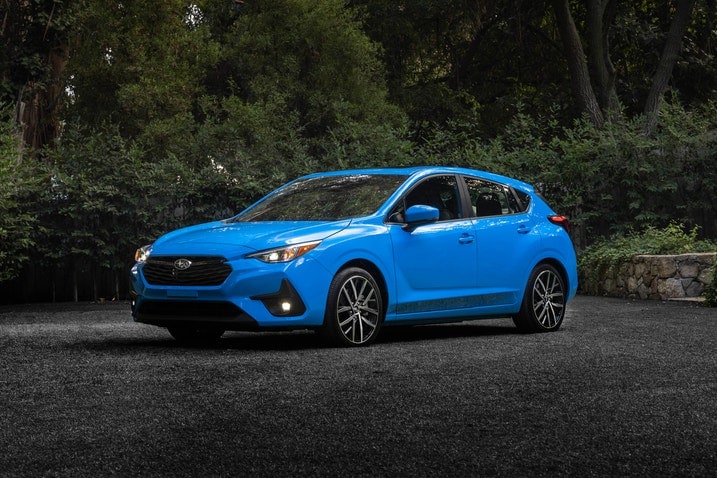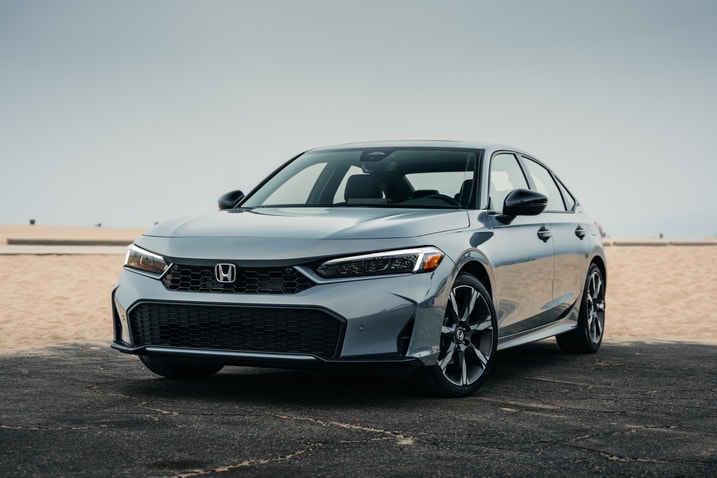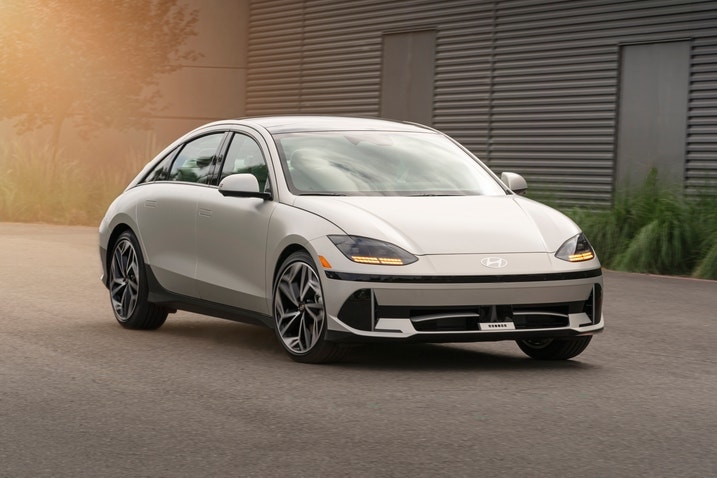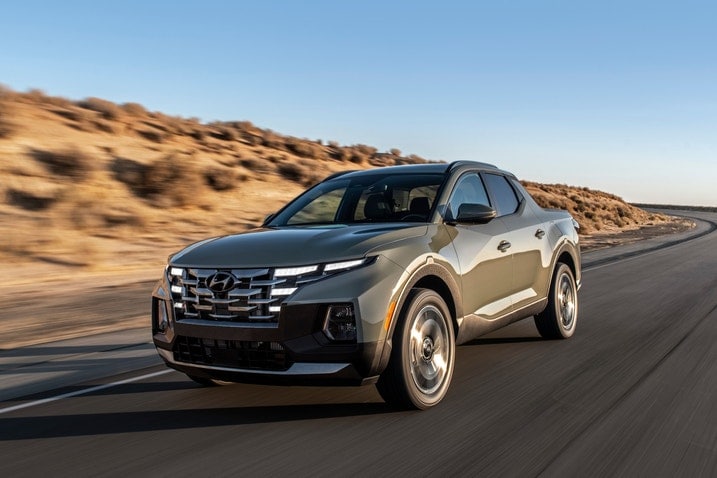Safety, reliability, affordability and practicality are all important considerations for households with teenagers looking to get behind the wheel. The best cars for teens that we highlight in this list combine all of these positive attributes into one well-rounded and desirable package. Let’s not forget the ever-important aspect of style, and some degree of utility is helpful as well.
This list of the best cars for new drivers includes four-door sedans, hybrids, an electric car, a compact SUV and even a small truck. While these are all great choices for teens to use today, they are also appropriate options for families with children who may not be of driving age just yet but will be thinking about getting their permits within the next few years.
All of our selections offer top safety marks from government regulators (National Highway Traffic Safety Administration, or NHTSA) or the insurance industry (Insurance Institute for Highway Safety, or IIHS). If you’re looking for the best used cars for teen drivers, check out this related article.
Jump to: Our top picks for teen drivers
2025 Subaru Impreza
2025 Honda Civic Hybrid
2025 Toyota Prius
2025 Toyota Camry
2025 Hyundai Ioniq 6
2025 Mazda CX-50
2025 Hyundai Santa Cruz







